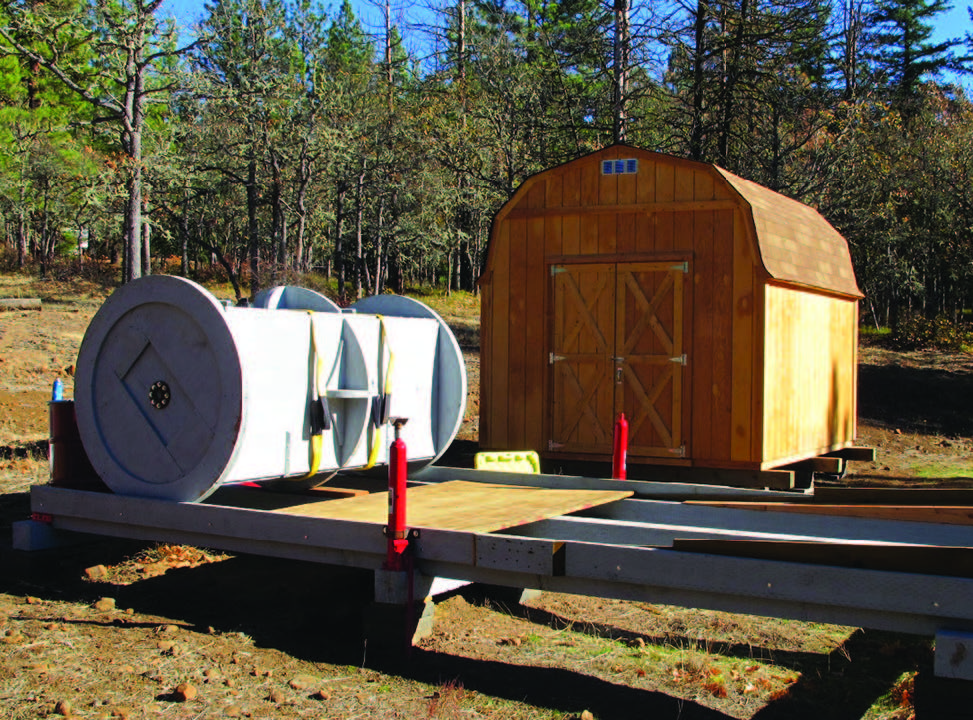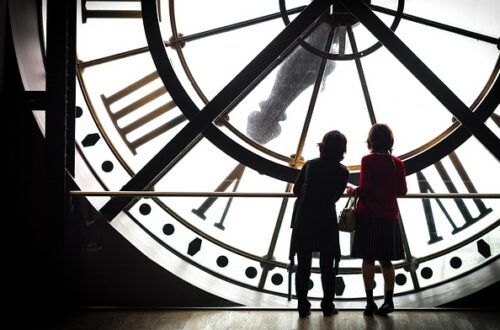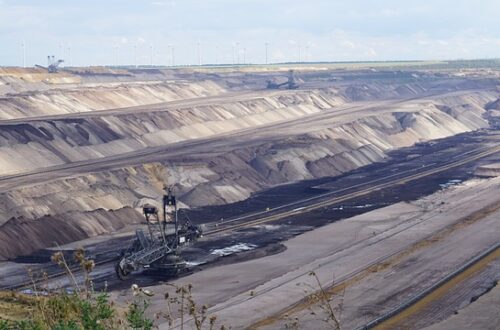ADAPTED FROM HERLAND FOREST WEBSITE
On May 1, 2020, Washington State became the first state in the US. to allow natural organic reduction (NOR) as an alternative to cremation services and traditional burials. This law defines “natural organic reduction” as “the contained, accelerated conversion of human remains to the soil.” Think composting.
Walt Patrick, steward of the Herland Forest Natural Burial Cemetery in Wahkiacus, Washington holds the state’s first NOR facility operator’s license and on December 20, 2020, he and his staff performed their first NOR investment. The term investment refers to the process of placing someone’s remains into a natural organic reduction vessel encased in the organic matter and organisms needed to transform the remains into the soil.
Walt and his team have developed a very practical, low-cost, and probably the greenest process for achieving natural organic reduction. The philosophy behind their facility is best described in Walt’s own words:
“Given the amount of attention that natural organic reduction was getting, we recognized that there would be some people who wanted to avail themselves of this option. Given our long-standing involvement in developing village-scale sustainability systems, we decided to put together a low-cost process that transforms human remains into the soil without harming the environment.
In Herland Forest, we go with traditional techniques and designs whenever possible. In this case, we used the concept of an old-fashioned rocking Cradle to support and rotate the remains during the reduction process. We also designed our NOR facility to be totally off-grid so that no fossil-fuel energy would be used to operate the process. “
At the heart of the process is the NOR Cradle that sits on a twenty-foot long rack where it can roll be rolled back and forth by hand during the reduction process. A layer of wood ships, filling it about half full, is placed in the Cradle. Once the decedent is laid to rest on the first half of the wood chips, the remainder of the material needed to balance out the carbon-to-nitrogen ratio is added. Rather than just rely on the bacteria naturally found within a person’s digestive system, we enhance the reduction process by adding a commercial inoculant that contains a mix of bacteria, protozoa, and fungi. The goal in using a wide-spectrum inoculant is to diversify the biological pathways, thereby both accelerating the reduction process and ensuring a comprehensive reduction. With the addition of the remaining biomass, the investment is complete. The cradle is then sealed and the organic reduction begins.
When the organisms reducing the remains start to run out of oxygen, the temperature inside the Cradle will start to fall. At that point, the Cradle is rolled to the other end of the rack and then back again to mix things up. It’s the same sort of thing one would do with any other compost pile to ensure aeration, only, in this case, the materials are fully contained inside the Cradle.
When rotating the Cradle no longer causes the temperature to rise, we know that the process is running low on oxygen. To counter that, the NOR Cradle is designed as a hyperbaric chamber in which pure oxygen is injected into the compost to ensure that the process remains aerobic. The oxygen is produced on-site using a clay matrix that separates air into nitrogen and oxygen, the same technology that enables people to have oxygen generators in their homes.
In order to break down the bones, our NOR process is designed to maintain a temperature of at least 160° F throughout the process. The natural decomposition process will initially heat up the remains, but in time rotating the c-Cradle and adding supplemental oxygen won’t be enough to maintain the high temperature. At that point, the Cradle is designed to use solar energy from photo-voltaic panels to power an electric heating pad that’s built into the floor of the cradle.
Between the ability to add oxygen and heat as needed, our system will keep the reduction going regardless of the weather. Even so, the process is still going to take longer in winter than in summer, but that’s okay with the folks at Herland Forest. They see this as a hand-crafted method of disposition that works with nature, rather than an industrial process that rushes things.
Many thanks to Walt Patrick for allowing us to use information from his website. More info here: www.herlandforest.org/human-composting






